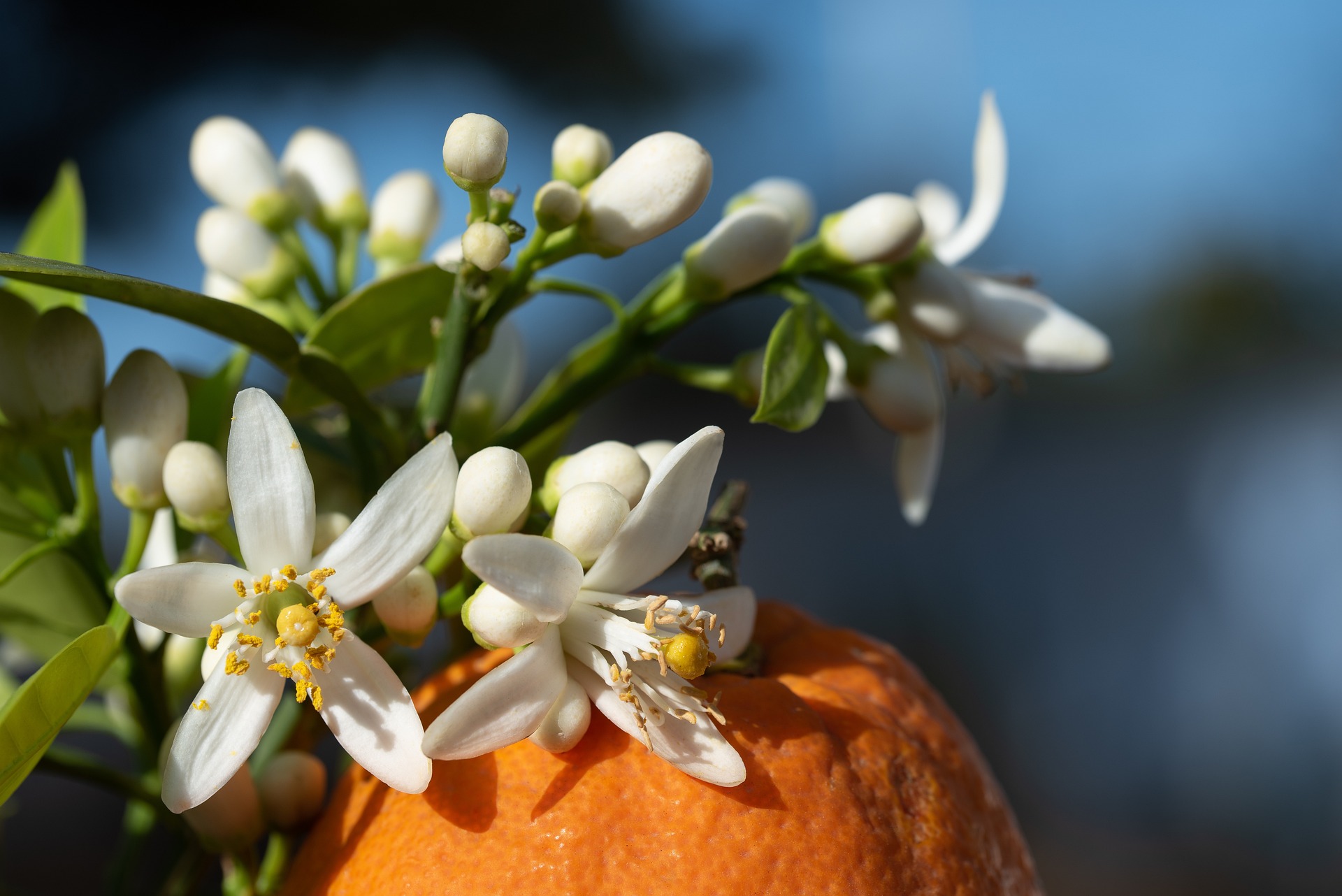As we mention in our Gin Immersion Course, one of the best things about making small-batch gin yourself is that you can often make use of ingredients that are hard to source on a large-scale. Because of their fleeting nature, some seasonal botanicals are often off the menu for commercial distillers. With their small window of perfection—you really must be there to pluck them out of your garden and use them at the just right time. This suits the small, artisan gin-maker perfectly.
Citrus blossom is a great example—and is a wonderful way to capture some of the scent and memory of your spring garden. Here’s a great recipe from our sister site Alembics.
Spring citrus blossom gin recipe
The amounts in this recipe are per 1 litre of neutral spirit. You can easily scale the amounts up for larger stills.
- 12g of juniper (Macedonian)
- 6g of coriander (NZ)
- 2g of angelica root
- 1.5g liquorice root
- 1.5g cassia bark
- 1g nutmeg
- 1g cardamom
- 1.5g lemon peel (dried)
- 2g bitter orange peel (dried)
- 0.5g orris root
- 2g fresh citrus flowers
Method
Begin by gathering the remaining fruits, often they may be on the ground under the trees. Their skins are packed with terpenes—sitting in the pores—which protects them from rot. Although they may be a little soft at this time of year, the peels are rich in aromatic oils.
Use a vegetable peeler to remove the peel, taking as little of the white pith as possible. Lay the skins out in the sunshine where plenty of air can circulate, and cover them with some fine cloth to protect the peel from fruit fly.
Make sure they are completely dried—this will take 2 to 3 days.
When they are thoroughly dried, store them in brown paper bags in a dry spot, away from direct sunlight.
The blossoms of the different citrus varieties all smell glorious and have their own unique character. The essential oil neroli is distilled from the bitter orange Citrus x aurantium, also known as Seville orange. Grapefruit flowers are bright with a sweet, crisp lightness, while lemon and lime are both fresh and sparking. Use what you have to hand, and don’t be shy to experiment with combinations.
To harvest, pick when the blossoms form clusters, as shown here. There may be some tiny fruits starting to form and some tender, new leaf growth. You absolutely can include this! This gives the blends a note of petitgrain, and green citrus scent which cuts through the florality of the blossoms.
Just a hint of leaf and fruit with your blossom is enough—don’t go mad as it will overpower the blend.
All our gin recipes are for vapour-infused or macerated gins. You can learn how to make gin and build your own bespoke blends in our Gin Immersion Course.
— by Jess Culpan





We’ll post more gin recipes soon! Watch this space…